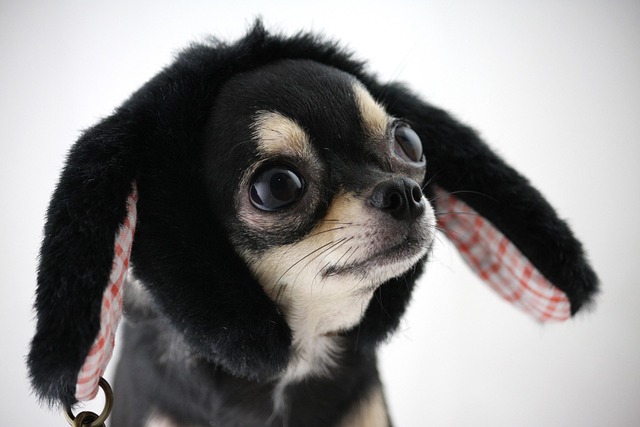
What is glaucoma in a dog?
You might notice your dog squinting more at mealtime or avoiding bright sunlight—these small changes could be early signs of a serious eye condition.
Seeing your dog lunge, bark, or freeze at the sight of another dog on your Brooklyn apartment block can be stressful and isolating. You're not alone; many new dog owners mistake this "reactivity" for outright aggression, but it's often rooted in fear, frustration, or a lack of positive social experiences. The old-school advice to "just let them work it out" is not only ineffective but can worsen the problem. Modern canine behavior science teaches us that reactivity is an emotional response, not a disobedience issue. Forcing a fearful dog into a stressful situation only confirms their negative association, creating a cycle that's hard to break. The correct approach is a patient, structured process built on positive reinforcement that prioritizes the dog's emotional state above all else.
The foundational principle is called "counter-conditioning and desensitization." In simple terms, this means changing your dog's emotional response by pairing the sight of a trigger (like another dog) with something they love (like high-value chicken), all from a distance where they can notice the trigger without reacting. This "threshold distance" is different for every dog—it might be half a football field away. The moment your dog sees the other dog, you immediately give them a treat. The goal is to build a new, positive association: "Other dog appears = delicious chicken happens!" This requires immense patience. If your dog reacts (barks, growls), it means you've moved too close too fast, and you need to increase the distance. This method is the gold standard in force-free training, aligning perfectly with the cultural shift in the U.S. and Europe that firmly rejects punitive measures like yelling or shock collars, which only increase fear and anxiety.

Your first practical step is to become a master of management. On walks, this means creating space. Cross the street, use parked cars as visual barriers, and always be scanning your environment. Essential tools include a secure harness (not just a collar) for better control and a standard 6-foot leash, as retractable leashes remove your ability to manage distance effectively. Before you even start this training, ensure your dog is legally compliant. This means their rabies vaccination and local license are up-to-date, a non-negotiable for any public outings. This responsible ownership also extends to meticulous cleanup; always carrying bags to immediately dispose of waste is a basic community courtesy that maintains access to public spaces for all dogs.
Successfully socializing a reactive dog is about managing their world to set them up for success, especially in shared living environments. In an apartment building, this might mean taking the stairs instead of a crowded elevator or walking during quieter times of the day. It involves advocating for your dog by politely telling well-meaning neighbors, "We're in training, so we need a little space today." This isn't being rude; it's a recognized part of responsible dog ownership. Celebrate small victories—a calm glance at a dog across the park is a huge win. This journey isn't about creating a social butterfly overnight; it's about helping your dog feel safer and more confident in their world, one positive experience at a time.

You might notice your dog squinting more at mealtime or avoiding bright sunlight—these small changes could be early signs of a serious eye condition.

Let’s set the scene: It’s a sweltering Phoenix afternoon—105°F outside—and you rushed your 2-year-old Lab mix, Cooper, on a quick walk to “get it over with.”

Let’s get real: You’re in your Miami apartment, watching your 3-year-old Corgi, Loki, struggle to climb the stairs to your second-floor unit.

Many dog owners brush off occasional scratching as just “dog behavior,” but persistent itching often signals something more—like a food allergy.

You might first notice your dog scratching more than usual—chewing at their paws until the fur looks thin, or rubbing their face against the couch nonstop.

Let’s be real: You’re standing in your Chicago apartment, watching your 3-year-old Beagle, Max, huff and puff just to climb onto the couch.